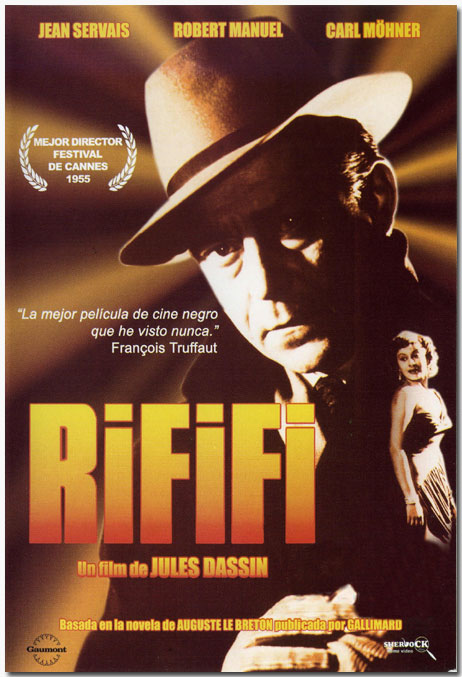Chosen genre: Heist
Title of the film: Candy
Tagline: It’s like taking candy from a baby.
Group members: Henry, Marc, Gidgeon & Rachel
Basic plot synopsis: The overall synopsis of our film is that, we have a crew of con-men and thieves, who get intel on a mark (chief drug lord) and part of the intels, tells of the wrong doings the drug lord does, and according to the morals of the crew, those who deserve to get robbed, get robbed. So they set out to rob him, and teach him a lesson. That is he subverts the law in such a way that it affects other people’s lives too, it will always come back to them. (it’s Ironic how the crew are criminals who also ruin these people’s lives by stealing from them).
Characterisation: 10 ex-cons including 2 seductresses, 2 drivers, kung-fu specialist, explosives expert, leader, computer specialist, weapons expert and an illusionist. 3 gang members with a leading girl.
Cinematography/Photography: Close-ups of money and drugs, low angle shot of the seductress,
Resources/mise-en-scene: Briefcases, flour (cocaine), actors, printed money, guns, knives, car.
Settings/mise-en-scene: Soho, Gavin’s house, Canary Wharf, Liverpool Street, Central London, Fortnum and Mason, Sean’s house.
Music: Autumn leaves jazz piano
Trailer conventions: Fast paced editing with conforming music and jazz music, montage editing of different scenes, non linear narrative, one liners, dramatic camera angles, titles, climax of the trailer, non synchronised voice, wipes.
Poster Conventions: Name of the film, actors, release date, main image of the leaders of the heist, website, journalistic recommendations.
Film magazine conventions:
USP: A modern day twist, in London, grounded on the idea of Oceans 11 and Now You See Me in relation to the shots used, and visual motifs.















